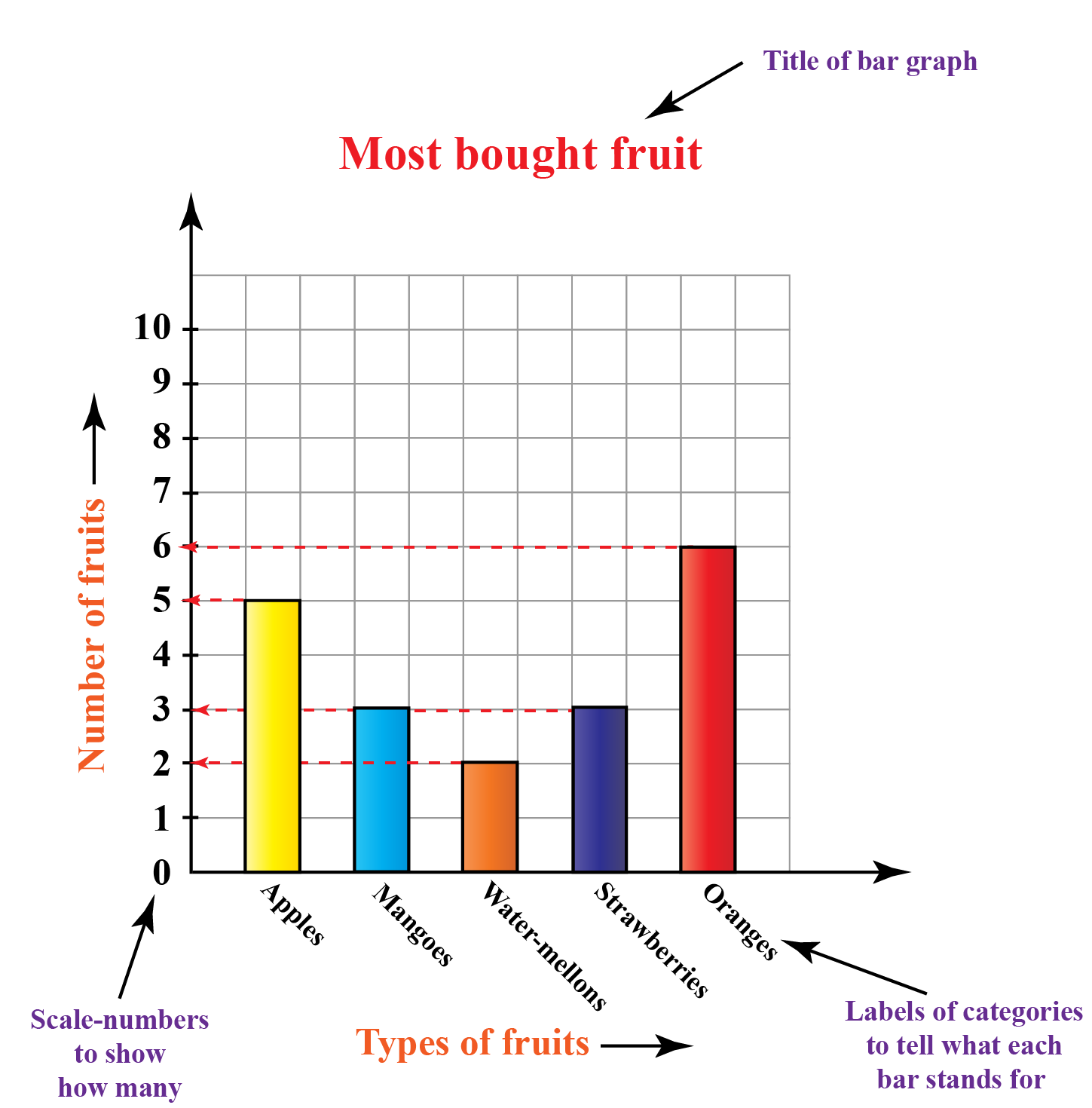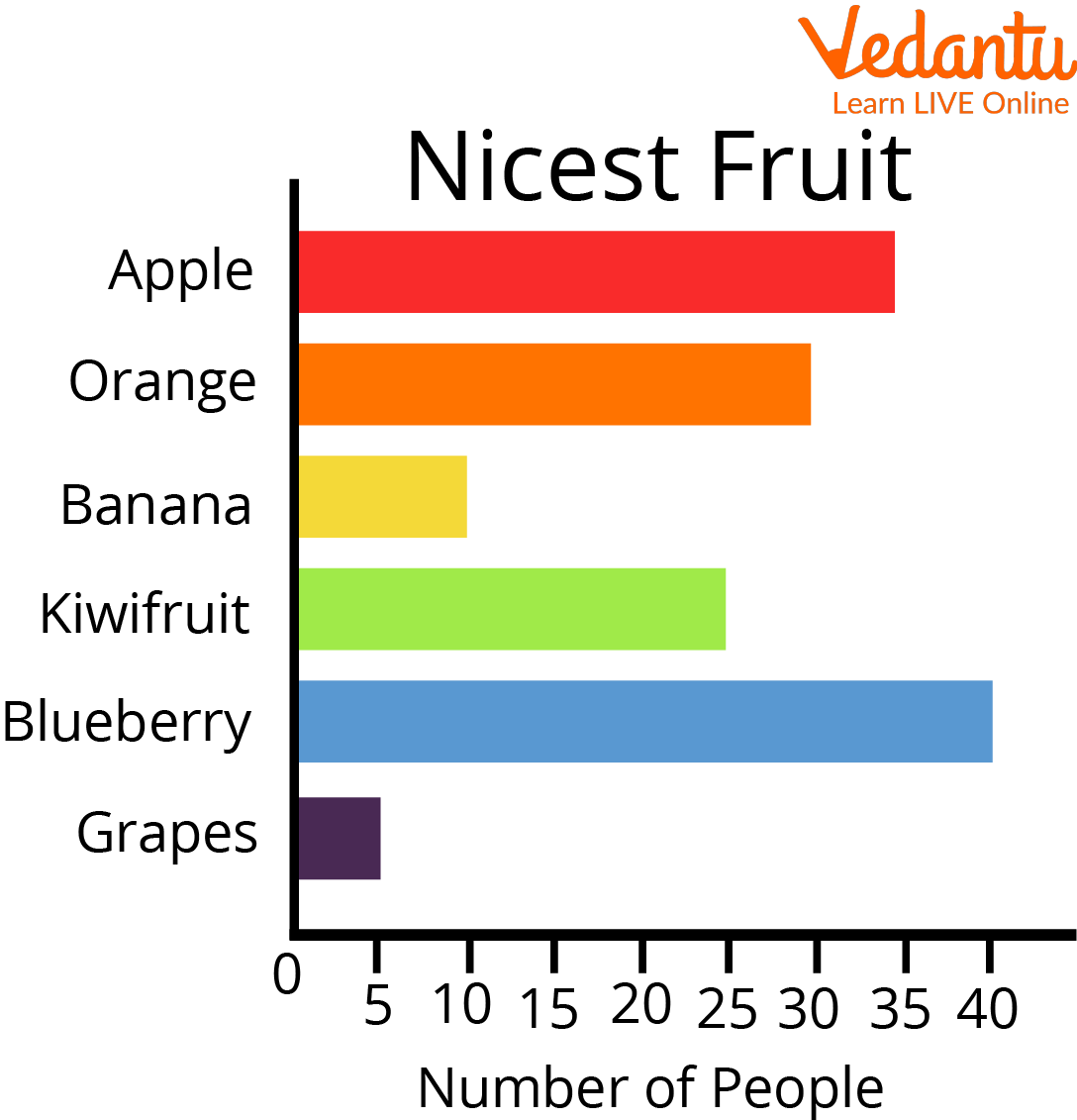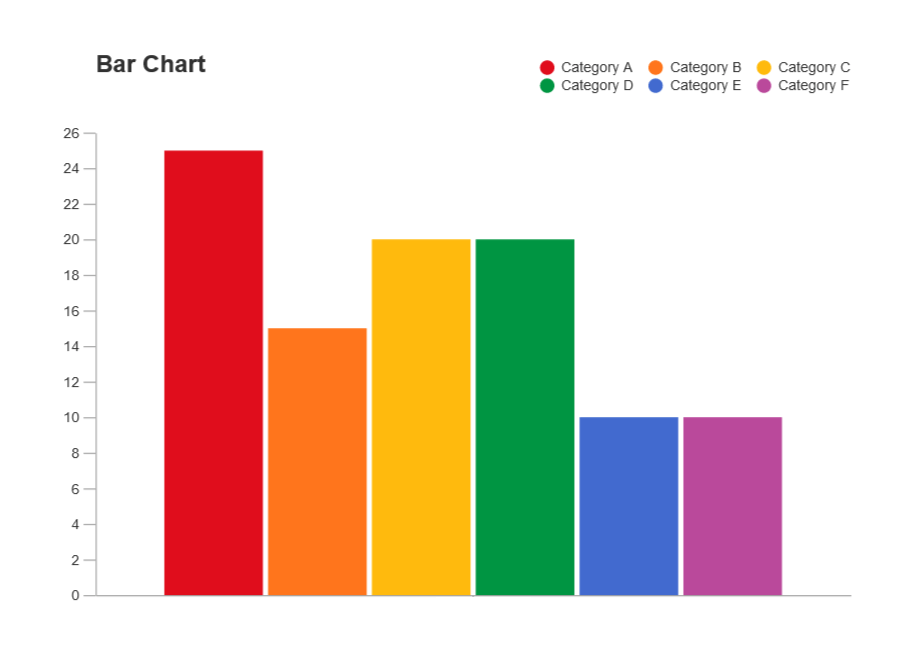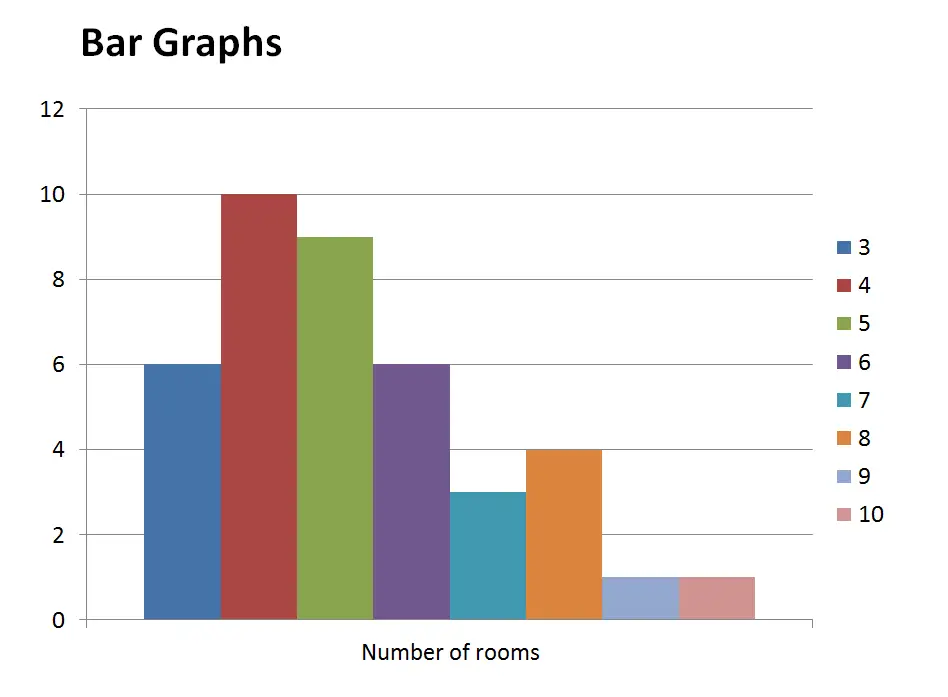Have A Info About Why Should We Use A Bar Graph How To Make Max And Min Lines On Excel
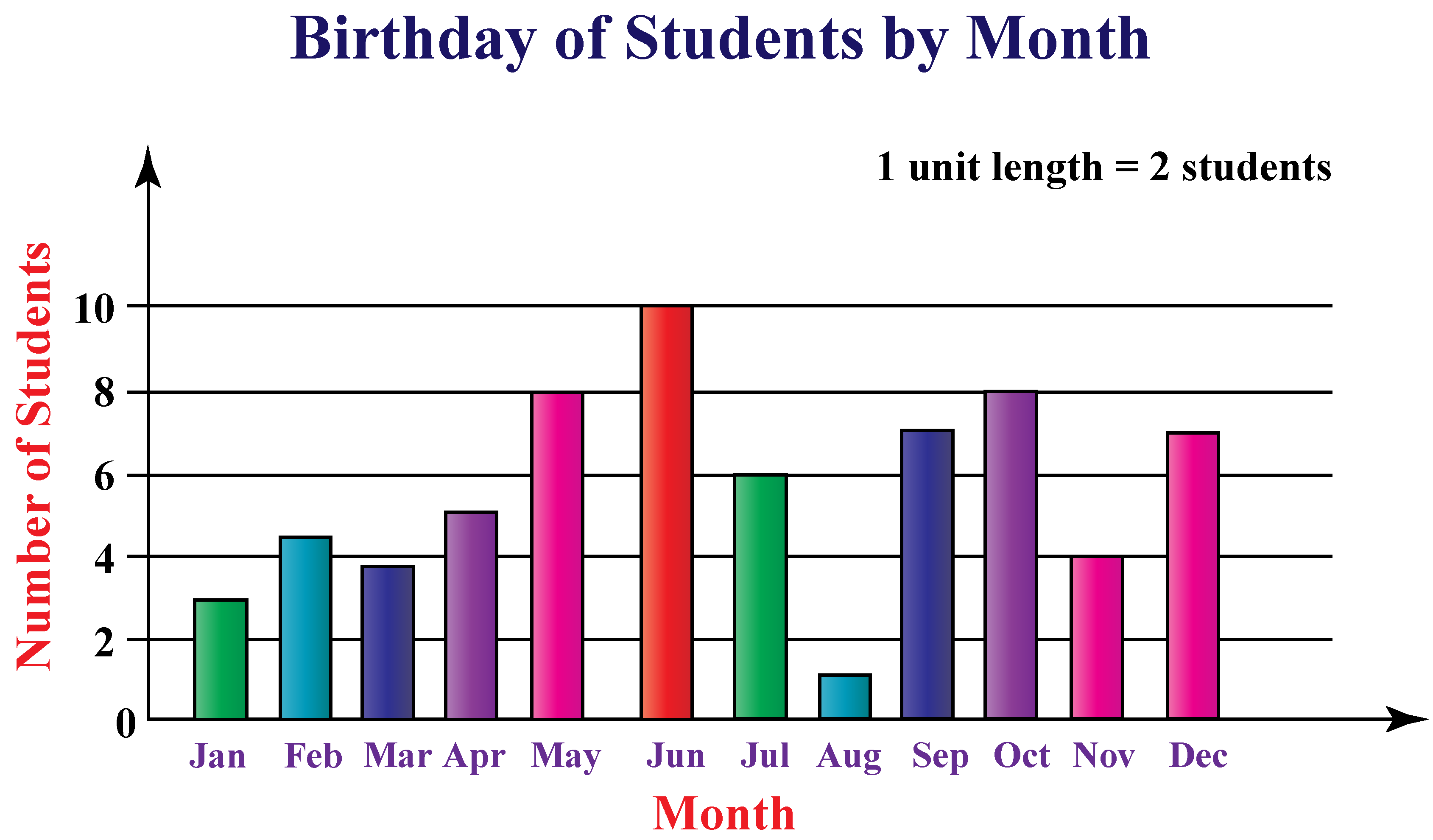
A bar chart is used when you want to show a distribution of data points or perform a comparison of metric values across different subgroups of your data.
Why should we use a bar graph. For categorical data and group comparisons, use a bar graph. For example, bar charts show variations in categories or subcategories scaling width or. The histogram refers to a graphical representation that shows data by way of bars to display the frequency of numerical data whereas the bar graph is a graphical representation of data that uses bars to compare different categories of data.
Mean and standard error or standard deviation) for continuous data [1,2]. Why must bar charts start with a zero? The horizontal axis in a bar graph represents the categories and the vertical bar represents the frequencies.
Bar graphs feature categorical variables, meaning your data splits into multiple groupings. Other graph types show only a single data set or are difficult to read. A bar graph is a nice way to display categorical data.
There's no two ways about it. From a bar chart, we can see which groups are highest or most common, and how other groups compare against the. The greater the length of the bars, the greater the value.
They are used to compare a single variable value between several groups, such as the mean protein concentration levels of a. Discover the versatility of bar charts: A simple guide to the us 2024 election.
When choosing between a histogram and a bar graph, consider the type of data you have and the insights you want to present: The higher or longer the bar, the greater the value. A bar graph (also known as a bar chart or bar diagram) is a visual tool that uses bars to compare data among categories.
Simply put, bar charts are really quick to create, show comparisons clearly, and are easy for the audience to understand. Bar charts are also known as bar graphs. When to use a histogram versus a bar chart, how histograms plot continuous data compared to bar graphs, which compare categorical values, plus more.
The primary purpose of a bar chart is to visually represent the difference between two or more numerical values with the help. This article explores their many differences: Bar graphs are a common data visualization used to compare a data set.
Bar graphs are extremely useful for understanding the differences between two data sets at a glance. Bar graph is a way of representing data using rectangular bars where the length of each bar is proportional to the value they represent. Histograms and bar charts (aka bar graphs) look similar, but they are different charts.
Another type of graph that shows relationships between different data sets is the bar graph. Bar charts are often used when comparing categories of data, which can see data changes over time. Look for differences between categories as a screening method for identifying possible relationships.
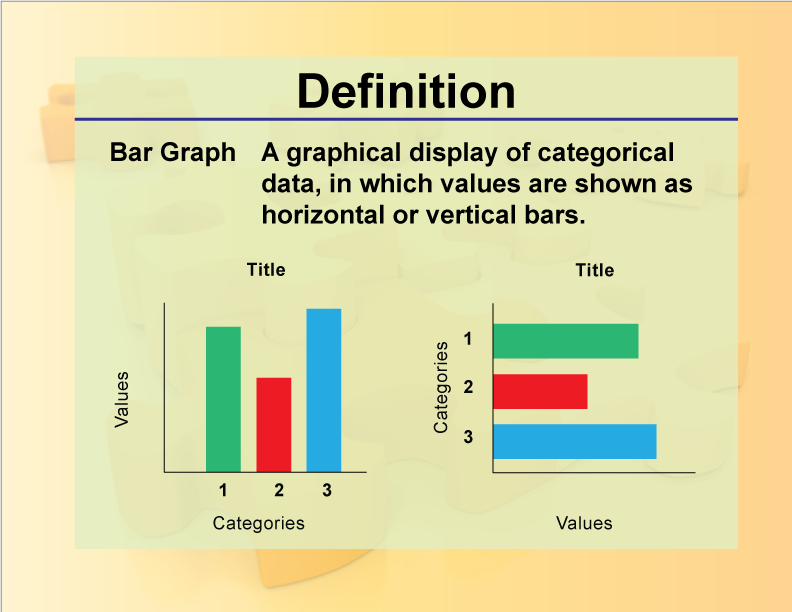

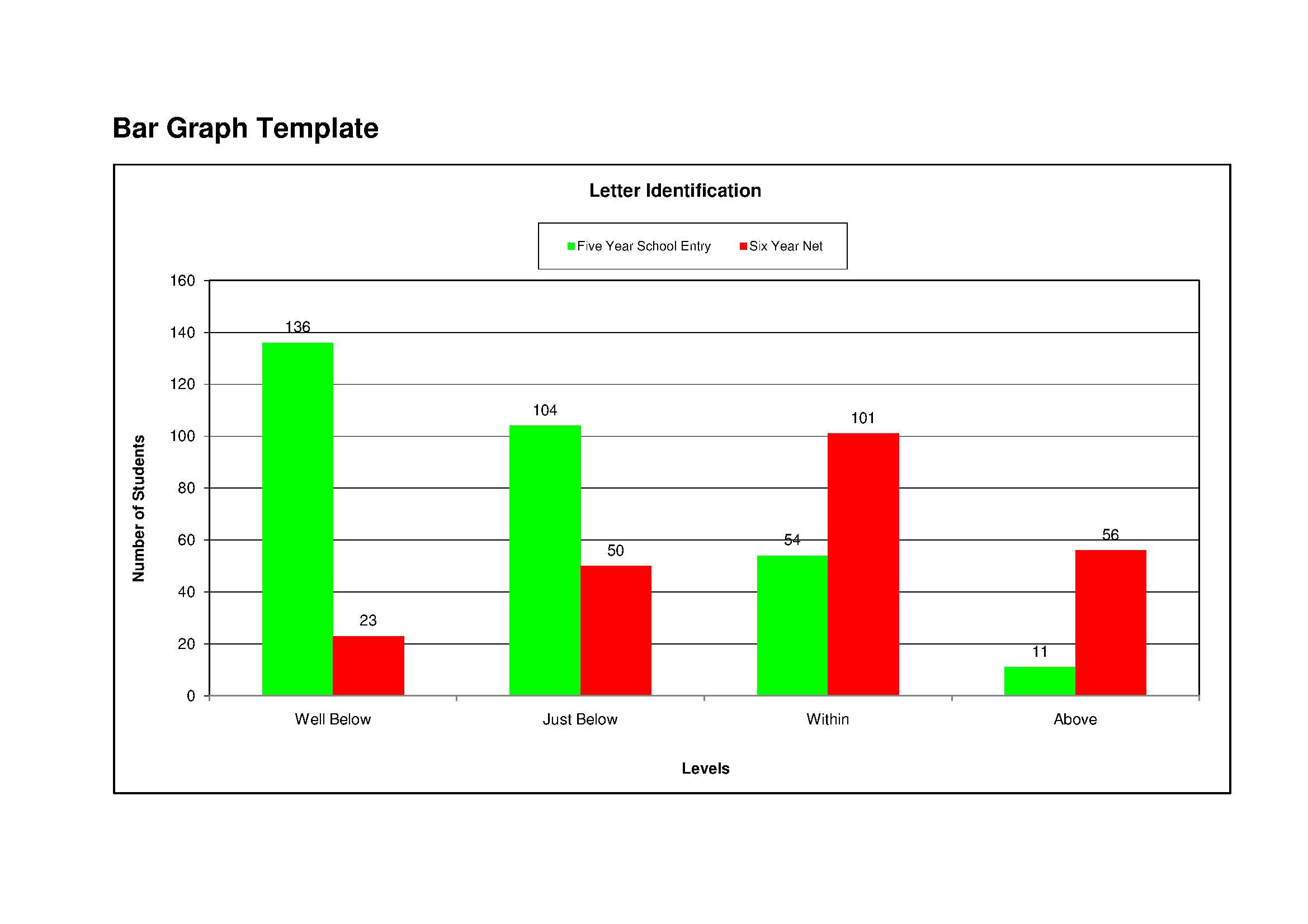
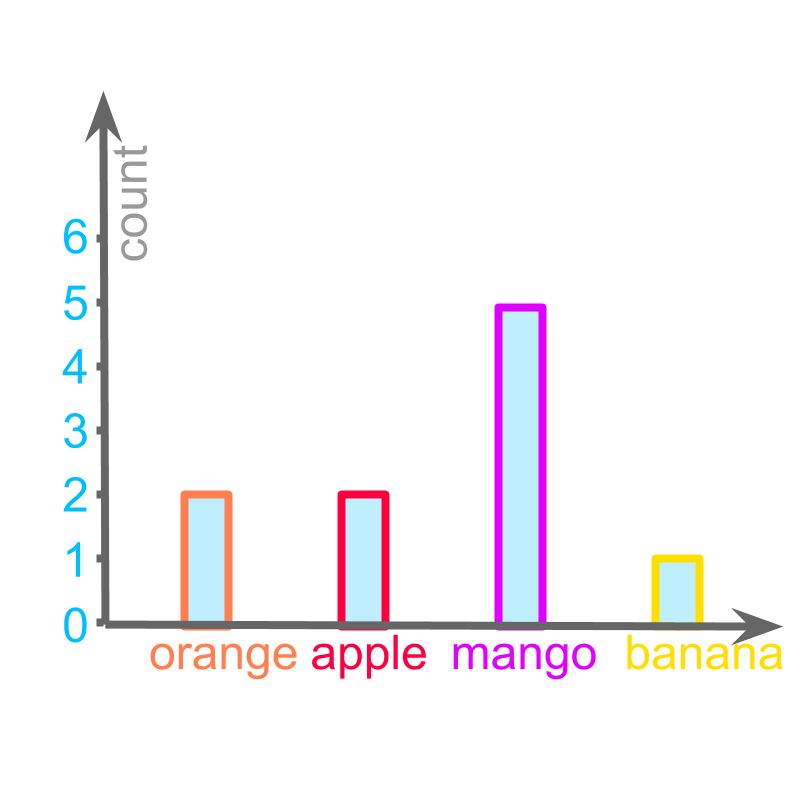
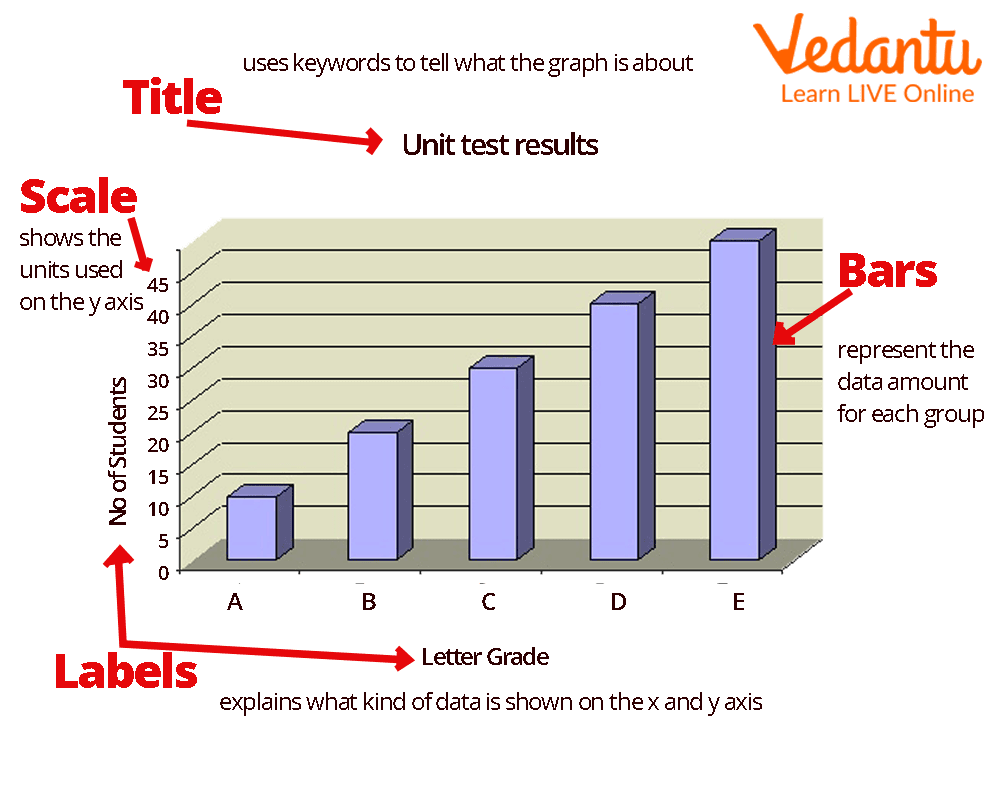
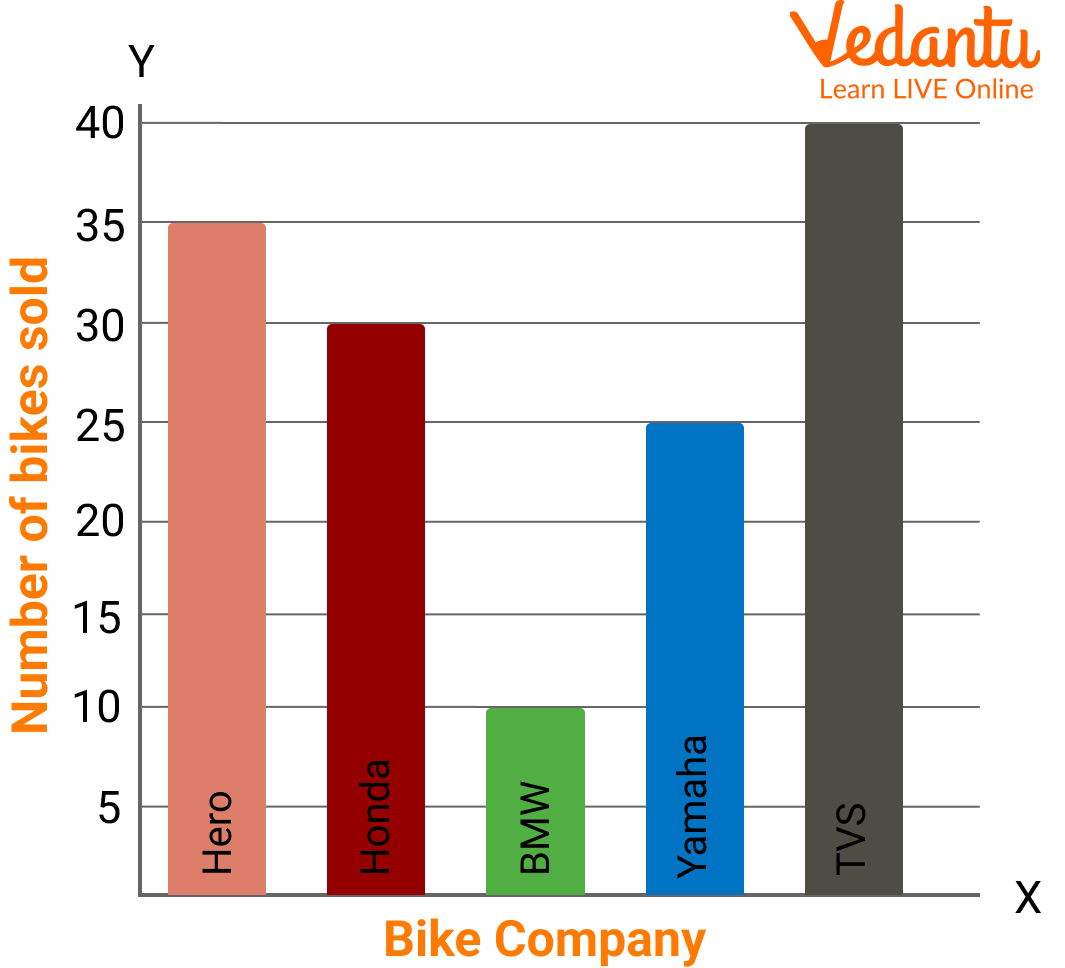

![What is Bar Graph? [Definition, Facts & Example]](https://cdn-skill.splashmath.com/panel-uploads/GlossaryTerm/7d3d0f48d1ec44568e169138ceb5b1ad/1547442576_Bar-graph-Example-title-scale-labels-key-grid.png)










